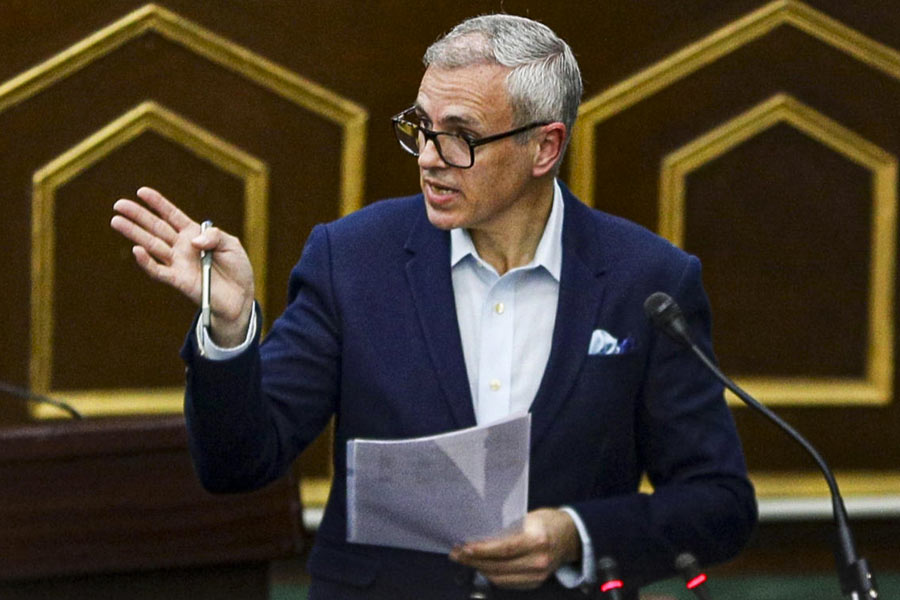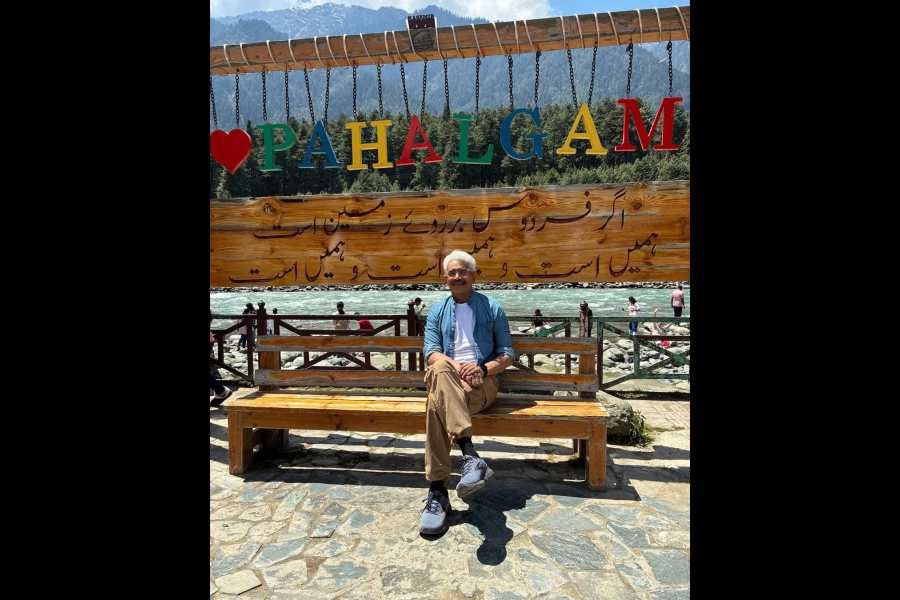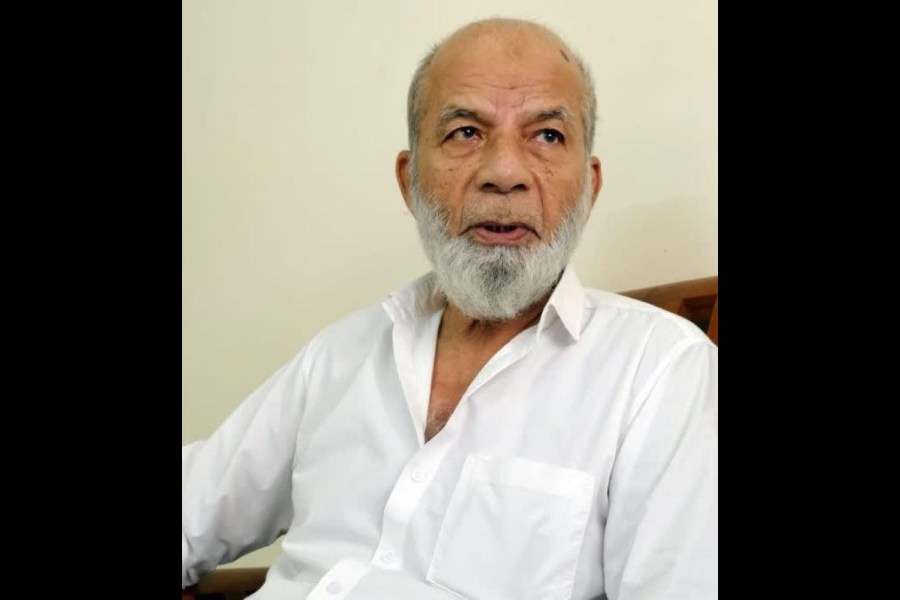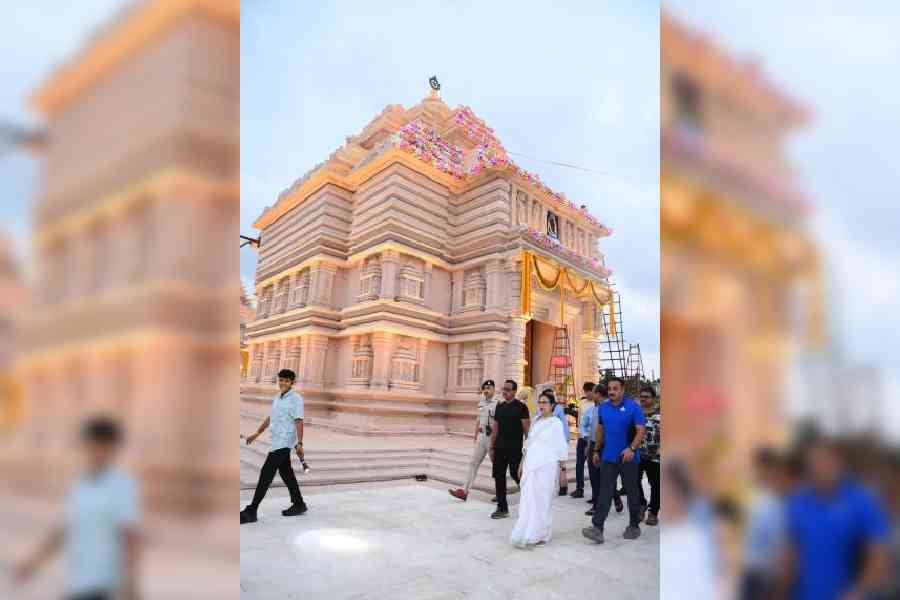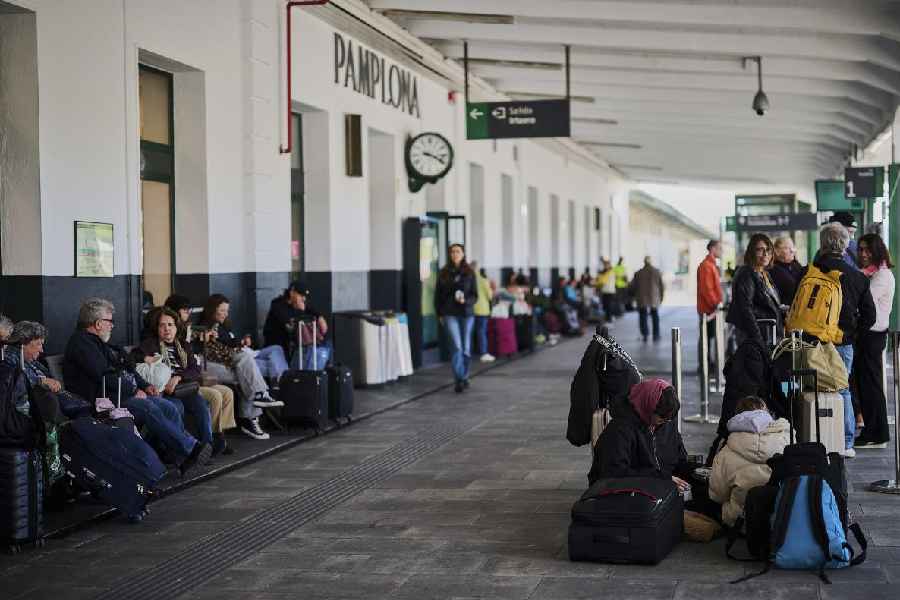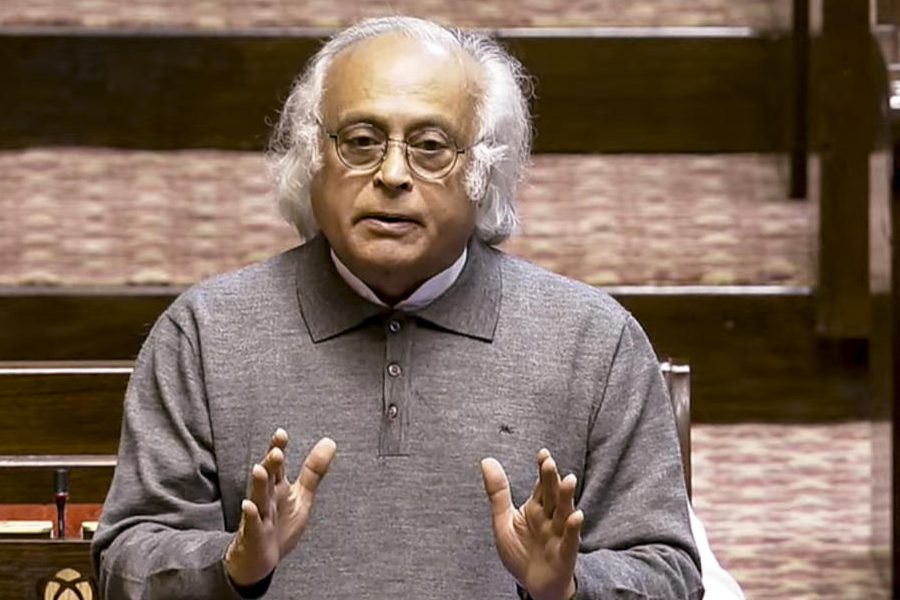 |
“What is precious is never to forget/ The essential delight of the blood drawn from ageless springs.”
— Stephen Spender, The Truly Great
To say that the death of Pandit Ravi Shankar marks the end of an era may sound trite, but it might help us to think a little more clearly about the age that he belonged to. Most, if not all, of the artists whose music we live by, who defined Hindustani classical music decisively for us and our times, were born in the first three decades or so of the last century. During their lives they encountered sweeping alterations in the sites of performance, new technologies of amplification, broadcast and recording, and rapidly changing forms of discipleship and talim. It is they who set the norms of performance practice and defined audience responses for half a century and more.
If one looks at the condition of classical music around the middle of the 20th century, one sees the presence of a number of powerful and charismatic artists, who are closely rooted in traditional and orthodox discipline, but who achieve a musical maturity in which social and political change is, as it were, felt on the pulse. It is in this generation which would include Ali Akbar, Ravi Shankar, Vilayat Khan and Bismillah Khan among instrumentalists, and Amir Khan, Bade Ghulam, Mallikarjun Mansur and Sharafat Husain among vocalists, that the condition of modernity in Indian music is most clearly experienced, a process that probably began with the decay of traditional patronage of music in and around Delhi in the mid-19th century, and proceeded in the negotiations of classical artists with the changing maps of listenership and patronage.
It was the music created by these great virtuosos that defined and in some sense expressed the new Indian state. Some died tragically early: D.V. Paluskar in 1955 at the age of 34, Amir Khan in 1974 at the age of 62, Sharafat Khan in 1985 at only 55. Ravi Shankar lived through many changes and storms, and at the end must have thought himself increasingly bereft of peers: a loneliness that can only be understood in profoundly musical terms. All his great fellows died before him, and the last two or three years robbed us of Ali Akbar and Gangubai, Asad Ali and Bhimsen Joshi. In terms of musical growth the period may well have ended a decade or more ago. It is only that with Ravi Shankar’s passing a great phase in Indian classical music has formally come to an end.
In the field of instrumental music the achievement of this age was particularly awe-inspiring. It was not only that there were so many exemplary and influential artists: the age as a whole saw a flowering of instrumental music that is probably, at least from what we are able to understand from history, unprecedented. Cumulatively too, the artists who engaged us for the better part of the second half of the last century appear to have defined its limits and possibilities in no uncertain manner. It will take decades perhaps for the overpowering influence of their musical styles to be placed in perspective and passed beyond. Some of them, it is true, have already receded somewhat; but taken together the richness and variety of idioms, the distinctiveness of individual instrumental styles still heavily weighs on our musical imagination. Inasmuch as this was the age in which music fully attained the condition of its mechanical reproducibility, the aural traces of this music will still be with us, a reminder of its greatness.
Ravi Shankar, like some of his great contemporaries, started recording in the 78 rpm era. His earliest efforts may have been as early as the late 1930s, as part of Uday Shankar’s instrumental orchestra, but the records do not contain information about all the participating artists. His earliest solo records were in 1948, when he recorded Hemant and Marwa. Between these two times lies what must have been the most transformative period in his life: the period of tutelage at Maihar with Allauddin Khan. Ravi Shankar appears to have been Allauddin’s first great experiment in moulding a new voice for the sitar. There were great practitioners of this instrument, even apart from the great Inayat Khan of Etawah, there were the great ustads of schools such as Jaipur and Lucknow. Ravi Shankar himself mentioned the names of Pannalal Bajpai and Rameshwar Pathak with respect. The terms, modern and traditional, often bandied about in the context of the instrumental styles of the post-Independence era, have little substance: there were competing versions of the traditional, as much as ‘modernity’ could only mean a synthesis of earlier possibilities. What we are able, if only partially, to reconstruct from archival sources is an altered perception of the sound of the sitar that is clear and unmistakeable in Ravi Shankar’s earliest solo recordings. One of the greatest achievements of the school at Maihar may have been that it comprised so many distinct and individual sounds: that of Allauddin himself, of Ali Akbar, Timir Baran, Ravi Shankar, Nikhil Banerjee, and even — as far as we are able to say from the most meagre of remains — of Annapurna Devi.
The greatness of Ravi Shankar’s music for me lies in great measure in making this deeply sonorous and evocative sound — a product equally of his guru’s and his own genius — part of our consciousness. We might note in passing that among all the major Indian instrumentalists, Ravi Shankar has the most divided of musical reputations: one of the great scholar and purist, the other of the patron of slightly irresponsible musical extravaganzas such as Shankar, Family and Friends. It is the first that I think we would like to conserve and remember. Much as inevitably the response to his death has dwelt on the musician who first internationalized Indian music — George Harrison famously called him the godfather of world music — that is more a question of historical agency than musical genius. It is not to say that his willingness to experiment with new forms of music was in itself not important. But it does seem to have, momentarily at least, obscured in our memory Ravi Shankar’s greatness as a musical artist. Few can have enjoyed the reputation that he did in musical circles. Other musicians deferred to his opinion on and interpretation of musical complexities. As an interpreter of ragas he was at the same time individual and authoritative; anecdotes about his innovative genius in laykari are much retailed in musical circles. If his long associations with Chatur Lal and Alla Rakha created new protocols and formats for instrumental accompaniment, his stage encounters with other tabla greats had the thrill of unforeseen possibility.
Dhurjati Prasad Mukherjee called Ravi Shankar the master of the musical phrase, noting that his excellence lay in an unerring sense of syntax: the result was a kind of intellectualism, which required close listening to. One might also sense in him a kind of forethought, an unfailing intuition of how the utterance would finally turn out. Given that at the heart of Hindustani art-music lies the idea of upaj, improvisation, this uncanny vision of how things will end, a conclusion that takes us by surprise, but reveals itself to be plotted masterfully, is something that is repeatedly experienced in Pandit Ravi Shankar’s finest and most complex renditions. We are fortunate in the fact that he was recorded extensively on virtually every known means of sound transcription from the 1940s onwards, and that the total volume of his extant recordings, public and private, must be very great indeed. When there is nothing left to represent, all that can comfort us is repetition.


